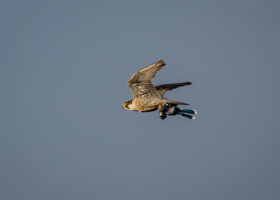
September 2018 Photo-observation of the Month
Congratulations to Kyle Tansley for winning the September 2018 Vermont Atlas of Life iNaturalist photo-observation of the month. The images of a Peregrine Falcon carrying…
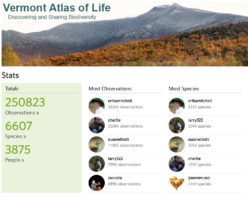
Vermont Atlas of Life on iNaturalist Surpasses Quarter Million Observations
Micki Colbeck snapped a photograph of a beautiful patch of Delicate Fern Moss and submitted it to the Vermont Atlas of Life on iNaturalist, becoming the 250,000 observation for the project.

Squirrel Numbers Mount, by Land and Water
The Northeastern U.S. is experiencing a mass movement of squirrels, unlike any most of us have ever witnessed. Dispersing animals are choosing some unusual travel modes, including swimming, and many have ended up as hapless victims of collisions with vehicles. Despite its grisly consequences along our roadways, this food-driven phenomenon is one more example of the ever-fascinating, dynamic ecological links that characterize our natural world.
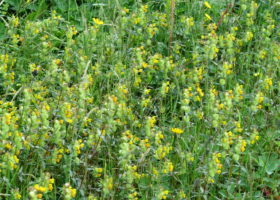
Holding the Line with Hayfield Invasives
Read about how one of our Grassland Ambassadors controls a villainous invasive species in his hayfields, while at the same time providing habitat for grassland birds.
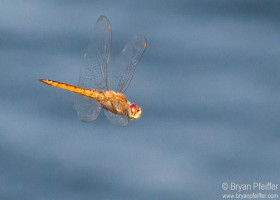
Outdoor Radio: Dragonflies on the Move
Did you know that some dragonflies migrate? Kent McFarland and Sara Zahendra are joined by dragonfly expert Bryan Pfeiffer in an effort to find and maybe catch a migrant dragonfly.
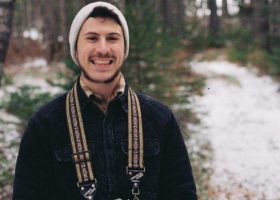
Nathaniel Sharp, VCE Citizen Science Outreach Naturalist
Get to know VCE’s new Citizen Science Outreach Naturalist, ECO Americorps member Nathaniel Sharp!
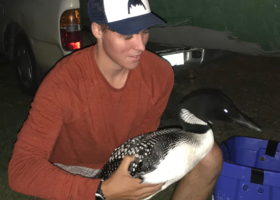
Field Update: Loon Wins and Losses
Every year, some of our returning loons get themselves into “hot water,” so to speak. Eric Hanson, VCE’s loon biologist, gives us his mid-season good news/bad news update here.
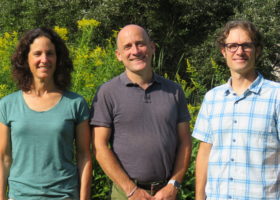
Three VCE Biologists Appointed as Adjunct Faculty at UVM
We are pleased to announce that three VCE biologists have been appointed as adjunct faculty in the Rubenstein School of Environment and Natural Resources at the University of Vermont.
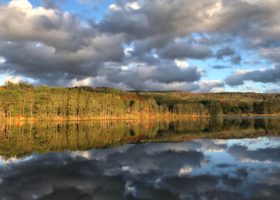
Field Guide to September 2018
It’s autumn and life all around us is on the move. Here is your field guide to some amazing migrations happening right around us, and a few other natural history tidbits for September.
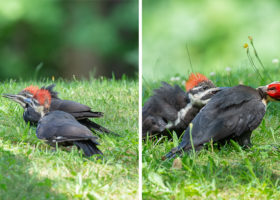
August 2018 Photo-observation of the Month
Congratulations to Kyle Tansley for winning the August 2018 Vermont Atlas of Life iNaturalist photo-observation of the month. The images of a Pileated Woodpecker feeding recently fledged young was the most popular photo-observation.
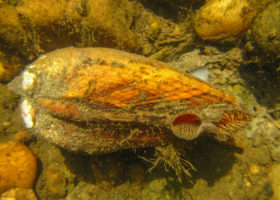
Outdoor Radio: Endangered Freshwater Mussels
In this month’s episode of Outdoor Radio, biologists Kent McFarland and Sara Zahendra join Mark Ferguson from the Vermont Fish & Wildlife Department along the river in downtown Winooski to search for freshwater mussels and learn about their natural history and conservation plight.
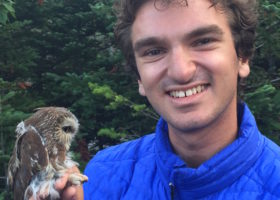
Mansfield Reflection: A Bird in the Hand Instills a Conservation Ethic
Alex Kulungian’s summerlong VCE internship gained him a wealth of experience and insight, including how vital it is that we expose and inspire our youth to take action on behalf of the natural world. An encounter as simple as releasing a banded bird on Mt. Mansfield can be the trigger for a lifetime commitment to conservation.
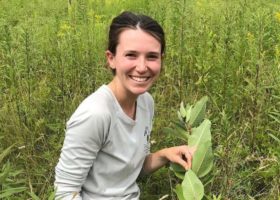
Mission Monarch Nearly Nixed by Missing Milkweed
What had been promised as an easy venture turned into something of a quest.
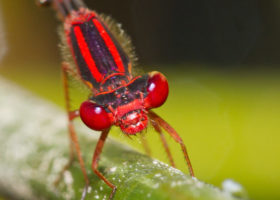
When a Bluet Isn’t Blue: Vermont’s “Newest” Damselfly
Congratulations, Vermont. You’ve got a new damselfly. Here’s a tale about a bluet that’s defies the “blue” in its name. It becomes Vermont’s 45th known damselfly species.
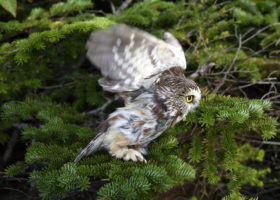
Mansfield Wrap: Molt, Migration, and a Crowd-Pleasing Owl
VCE’s final 2018 summer banding session on Mt. Mansfield featured a much-anticipated tiny owl, songbirds in heavy flight feather molt, and thoughts about the impending fall migration that will take Bicknell’s Thrush (and VCE biologists) back to Cuba.
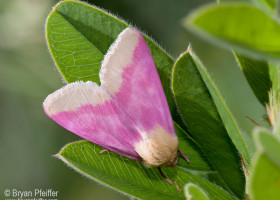
Vermont Naturalists Find Over 370 Species During National Moth Week
Volunteer naturalists from across Vermont uploaded over 1,200 images of moths comprising more than 370 species during National Moth Week. Moth watchers here in Vermont have added nearly 100 new species to the Vermont checklist via the Vermont Atlas of Life on iNaturalist and have documented 1,248 species across the state so far.
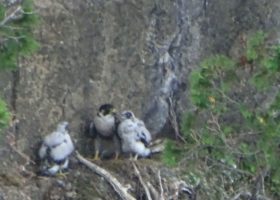
July 2018 Photo-observation of the Month
Congratulations to Shirley Zundell for winning the July 2018 iNaturalist Vermont photo-observation of the month. The image of an adult Peregrine Falcon in its eyrie with two chicks was the most popular photo-observation.
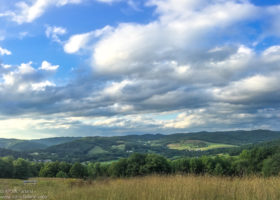
Field Guide to August 2018
We’ve still got plenty of summer here in Vermont and points north. So in this edition of VCE’s monthly field guide to nature, we’ll celebrate a few audacious summer insects. But we’ll also alert you to animals on the move.
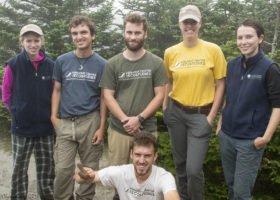
Mansfield Update: Hatch-years Predominate
VCE’s penultimate summer banding session featured relatively few birds, some very warm and humid weather, a preponderance of youthful banders, and several family members.
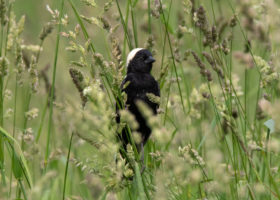
Outdoor Radio: Grassland Ambassadors Help Globetrotting Bobolinks Successfully Nest
In this month’s episode of Outdoor Radio, biologists Kent McFarland and Sara Zahendra join VCE ornithologist Dr. Roz Renfrew on a visit to a farm in South Woodstock where Bobolinks and other grassland birds successfully breed each summer.
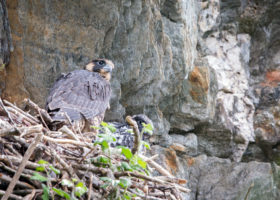
2018 Peregrine Falcon Nesting Season Complete
The Vermont Fish & Wildlife Department recently announced that Peregrine Falcon nesting season has ended, so hikers and rock climbers can return to Vermont cliffs starting August 1, 2018.
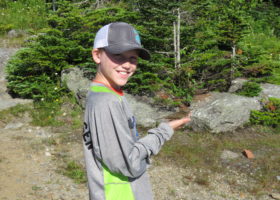
Mansfield Update: the Ridgeline Quiets, Planets Shine
VCE’s mid-July banding session on Mt. Mansfield featured diminished bird song, but a surprise Tennessee Warbler and spectacular planetary viewing.
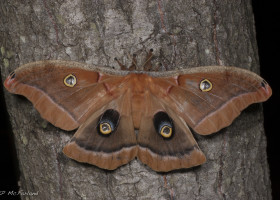
Join Us During National Moth Week – July 21-29
National Moth Week celebrates the beauty, life cycles, and habitats of moths. “Moth-ers” of all ages and abilities are encouraged to learn about, observe, and document moths in their backyards, parks, and neighborhoods.
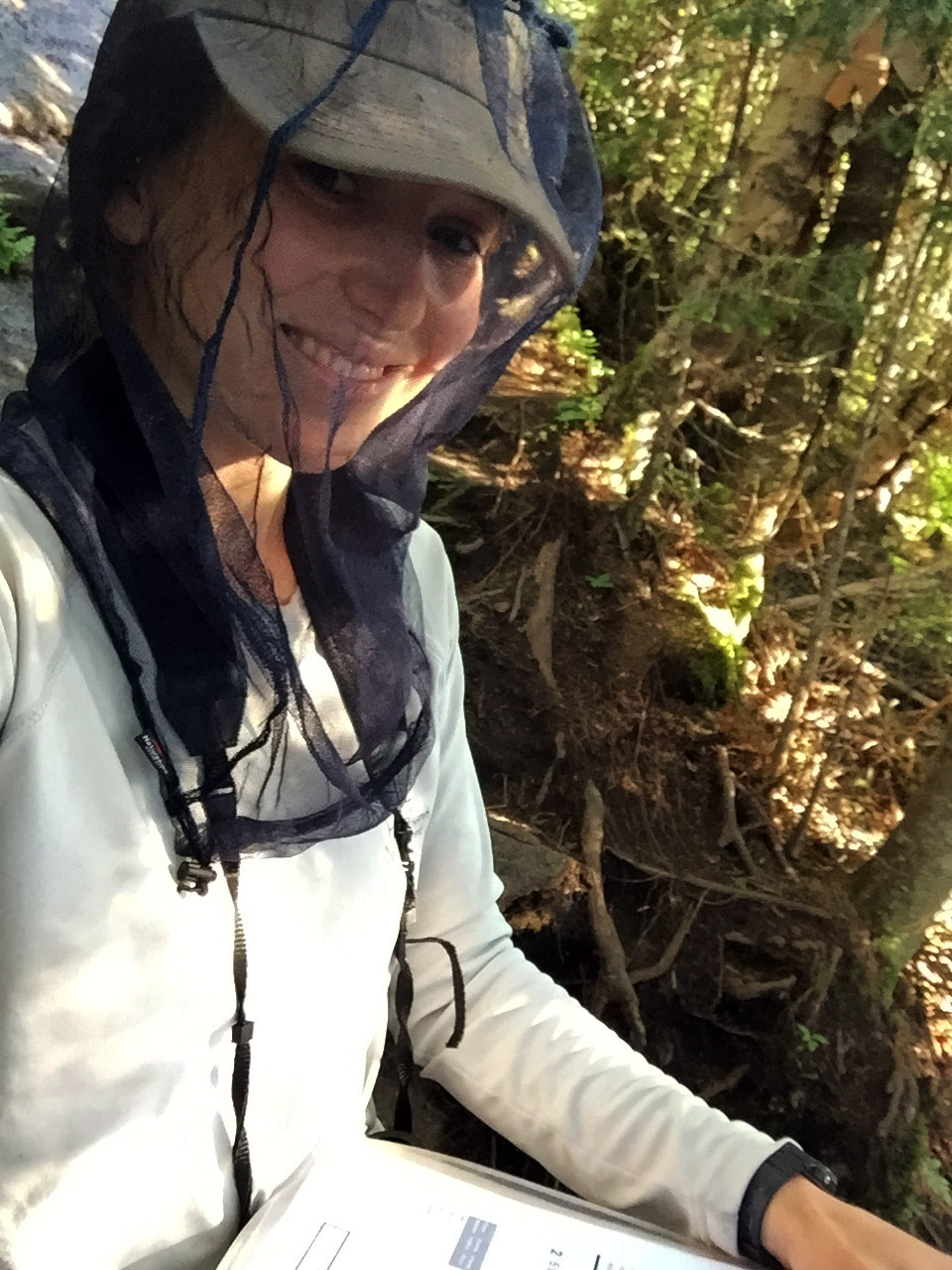
Weathering Whitcomb for Mountain Birdwatch
Tara Rodkey, VCE’s 2018 Alexander Dickey Conservation Intern, shares her reflections on a particular Mountain Birdwatch site on a mid-summer’s day (and night).
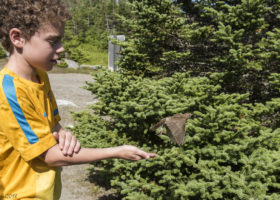
Mansfield Update: Kids (Avian and Human) Steal the Show
VCE’s sixth banding session of 2018 on the Mt. Mansfield ridgeline featured several free-flying juvenile birds in our nets and some enthusiastically engaged youth in our work .
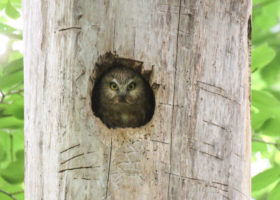
June 2018 Photo-observation of the Month
Congratulations to shawneevt for winning the June 2018 iNaturalist Vermont photo-observation of the month. The image of a Northern Saw-whet Owl in a nest cavity was the most popular photo-observation.
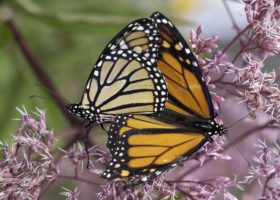
A Field Guide to July 2018
The avian breeding season is winding down. Even a few southbound shorebirds will trickle through the region this month on their “fall” migration. But as the dawn bird chorus now fades from northern woodlands, fields and wetlands erupt in the sparkle and drama of summer insects. Here’s a short guide to some of July’s lesser known natural history.
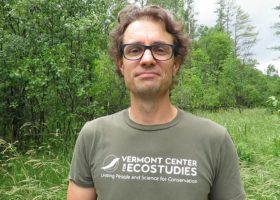
Field Update: Mountain Birdwatch
Jason Hill sheds light on the status of Mountain Birdwatch 2018.
Prepare to be impressed.
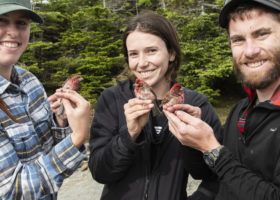
A Plethora of PUFIs on Mansfield
VCE’s fifth weekly banding session of 2018 on Mt. Mansfield featured a plethora of Purple Finches, a bounty of Bicknell’s Thrushes, and a chance to mentor our three eager bird banding apprentices.
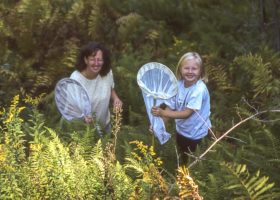
New Study Reveals e-Butterfly Volunteers Provide Unique and Important Data
New peer-reviewed research shows that opportunistic citizen science programs like e-Butterfly, in conjunction with professional datasets, provide unique information on species distributions and phenology which are important for understanding global change.
